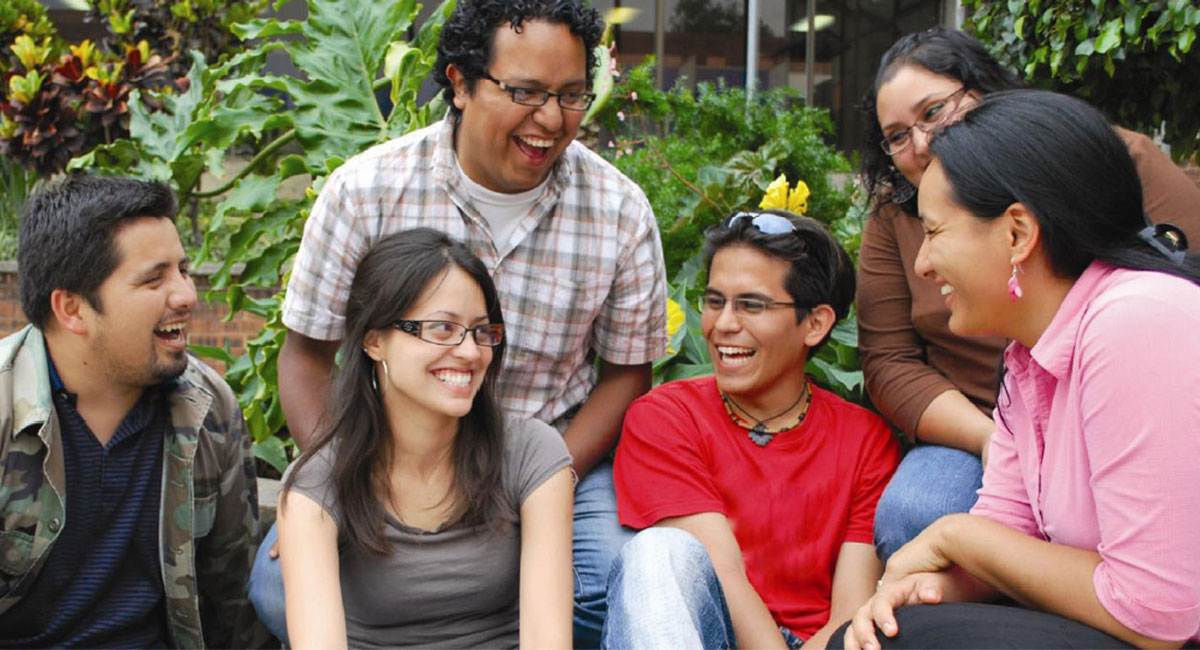Family Immigration Lawyer Houston
Family reunification or family-based immigration is one of the ways to get an immigrant visa to the United States of America and subsequently, adjustment of status for permanent residency
Foreign nationals (non-US residents) who want to live legally and permanently in the United States must first obtain an immigrant visa. This is the first step in order to become a lawful permanent resident of America. It gives you the right to apply for permission to enter the United States as a permanent resident and is a step towards acquiring US citizenship in the future.
To obtain it, a foreign citizen must have a sponsor in the form of a relative – a US citizen or permanent resident (LPR).

A United States citizen may file a petition for:
- spouse
- children
- parents
- brothers and sisters
A permanent resident of the United States may file a petition for:
- spouse
- unmarried children
Two groups of family based immigrant categories, including immediate relatives and preference categories, are provided under the provisions of United States immigration law, specifically the Immigration and Nationality Act (INA).
Immediate Relative Immigrant Type (Unlimited):
These types are based on a close relationship with a United States citizen described as an Immediate Relative (IR). The number of immigrants in these categories is not limited each fiscal year. Immediate relative types include:
- IR-1: Spouse
- IR-2: Unmarried Child Under 21 Years of Age
- IR-3: Orphan adopted abroad by a U.S. Citizen
- IR-4: Orphan to be adopted in the United States by a U.S. citizen
- IR-5: Parent of a citizen who is at least 21 years old
Family Preference Immigrant Type (Limited):
These types are for specific, more distant, family relationships with a U.S. citizen and some specified relationships with a Lawful Permanent Resident (LPR). There are fiscal year numerical limitations on family preference immigrants, shown at the end of each category. The preference categories are:
- First Preference (F1):
Unmarried sons and daughters of U.S. citizens, and their minor children, if any. (23,400)
- Second Preference (F2):
Spouses, minor children, and unmarried sons and daughters (age 21 and over) of LPRs. At least seventy-seven percent of all visas available for this category will go to the spouses and children; the remainder is allocated to unmarried sons and daughters. (114,200)
- Third Preference (F3):
Married sons and daughters of U.S. citizens, and their spouses and minor children. (23,400)
- Fourth Preference (F4):
Brothers and sisters of U.S. citizens, and their spouses and minor children, provided the U.S. citizens are at least 21 years of age. (65,000)

Gasana Family Immigration Attorney Houston
Steps for Immigration in the USA
Step 1. Your relative – A citizen or legal resident (green card holder) – must file a petition for reunification with the USCIS.
Step 2. After the petition is approved by USCIS, it is sent to the National Visa Center (NVC) for review.
Step 3. After acquiring the status of “current” or when your case is likely to become current within the next year, the NVC initiates the procedure for pre-processing, which includes:
- payment of all fees
- filling out forms
- sending a package of the necessary documents from the sponsor and each applicant intending to immigrate to the NVC
Step 4. After receiving all fees and documents for your case, the NVC checks your case for all necessary documents and fees (from the sponsor and applicants), and the correct completion of all forms.
If everything is filled out correctly, your case gets the status “ready for an interview.” After the priority date for your case becomes active, the NVC will schedule an interview at the US Embassy at the place of residence of the applicant.
Petitions for immigration visas are processed strictly in the order of the queue based on the date of the petition (priority date). It is not issued until the priority date determined for the applicant is suitable (then the case becomes relevant).
For immigration through family, the priority date is the date when a petition for family reunification was filed with the DHS office or the embassy / consulate abroad.
This may take several years. The exact waiting period cannot be named, but the priority dates for which visas are being issued at a given time are published monthly in the Visa Bulletin document.
Steps 5. After announcing the date of the interview and immediately before the interview, applicants should do the following:
- Undergo a medical examination in a specialized medical institution in the country of residence of the applicant
- Register a passport for delivery with courier service from the embassy
- Collect and prepare the originals of the necessary documents for an interview
Step 6. On the appointed day, the applicant(s) must appear for an interview at the US Embassy at the place of residence. At the interview, the consul will announce his decision about the possibility of issuing immigration visas for your case.
If your it is approved, you have 6 months to travel to the USA. The validity is specified in the immigration visa. As a rule, it takes half a year from the moment of passage of the medical examination. In some cases, this period may be less if you have been assigned additional medical procedures.
Houston Fiance Lawyer (K-1)
The non-immigrant visa for the bride/groom K-1 is intended for foreign citizens planning to marry a US citizen. The K1 entitles the fiance to enter the United States and marry his/her petitioner, a citizen, within 90 days of entry.
